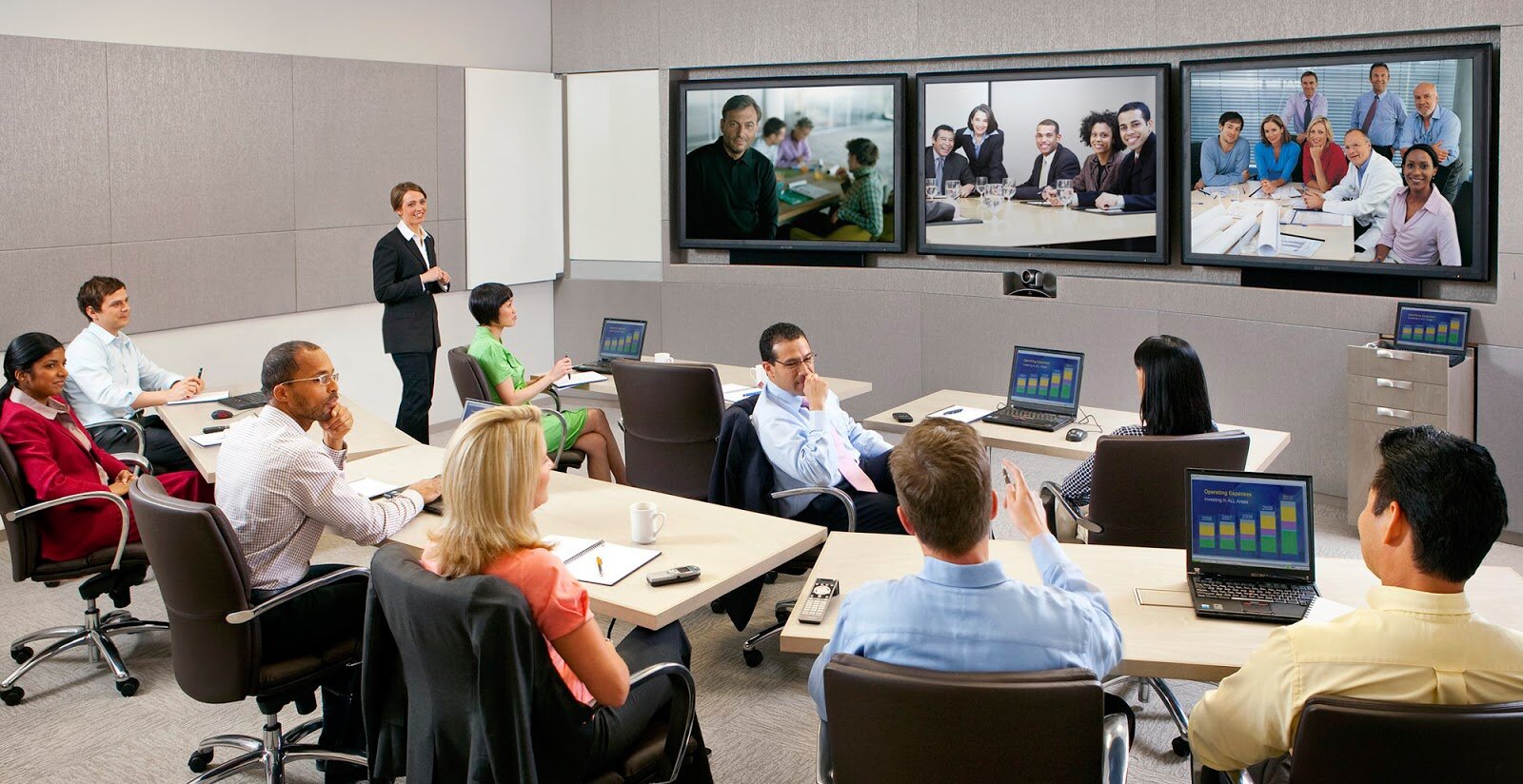Conferencing def define define video conferencing defined video conferencing definition definition video definition video conferencing definition videoconferencing definitions dictionary dictionary definition meaning teleconferencing video video conferencing video conferencing defined video conferencing definition video conferencing meaning video conferencing video conferencing video teleconference video teleconferencing videoconferencing videoconferencing defined what is meant by conferencing def define define video conferencing defined video conferencing definition definition video definition video conferencing definition videoconferencing definitions dictionary dictionary definition meaning teleconferencing video video conferencing video conferencing defined video conferencing definition video conferencing meaning video conferencing video conferencing video teleconference video teleconferencing videoconferencing videoconferencing defined what is meant by conferencing def define define video conferencing defined video conferencing definition definition video definition video conferencing definition videoconferencing definitions dictionary dictionary definition meaning teleconferencing video video conferencing video conferencing defined video conferencing definition video conferencing meaning video conferencing video conferencing video teleconference video teleconferencing videoconferencing videoconferencing defined what is meant by gartner picturephone mitel word noun healthcare video conferencing covid-19 webinars hybrid cybersecurity ip-based ringcentral definition cisco webex data compression export videotelephony 6g technology vocabulary web conferencing voice over internet protocol sign language smb bandwidth anymeeting information technology identity and access management cios microsoft logmein echo cancellation multipoint control unit file sharing cloud storage teleconferencing gartner picturephone mitel word noun healthcare video conferencing covid-19 webinars hybrid cybersecurity ip-based ringcentral definition cisco webex data compression export videotelephony 6g technology vocabulary web conferencing sign language smb bandwidth anymeeting information technology identity and access management cios microsoft logmein webcams echo cancellation newsletter file sharing cloud storage teleconferencing conference audio systems call participants communication system key online solutions remote internet virtual collaboration tools live phone network tools communications mobile computer video-conferencing team digital connect devices content camera products teams equipment video calling voice desktop device hardware benefits training education virtual meetings remote work companies conferencing software transmission phones multipoint conferencing link google communicate browser online meeting enterprise connected networks calling multipoint technologies.
What is video-conferencing? What is video conferencing technology what is video-conferencing video conferencing is a video conference meeting meaning video conferencing system definition video conferencing software definition video conference is mostly used for people who are separate by video conference is also known as. video conference is also known as video conferencing system meaning computer conference meaning videoconferencing is video collaboration meaning describe the term video conferencing. video conferencing def video conference verbal written electronic video conferencing software meaning interactive video conferencing definition explain the concept of video conferencing video conferencing explained describe the term video conferencing video conferencing definition computer video conference call meaning audio video conferencing definition definition of video call vc software meaning conferencing equipment definition digital conference meaning video conferencing definitions video conferencing description conferencing tools meaning visual conference meaning what is video conference in computer what is a video conference? Video communication meaning define the term video conferencing what is the meaning of video conferencing description of video conferencing a multipoint conversation between people sitting in different locations using phones is referred to as a define video conference define video conferencing in computer video conference means what is video conferencing definition audio and video conferencing meaning video session meaning video conference is also called what is the definition of video conferencing definition video conferencing video conferencing is also called as meaning of video conferencing video communication definition video conferencing mean video conferencing also called concept of video conferencing what does video conference mean define videoconference definition of videoconferencing what's a video conference virtual video call meaning explain the term video conferencing video conference is also known as streaming define videoconferencing what is videoconferencing? video conferencing is also called videoconferencing definition what does video conferencing mean explain the video conferencing explain video conferencing video conference meaning video conferencing means video conferencing is also known as video conferencing explain what do you mean by video conferencing? Video conferencing definition is video conference one word what do you mean by video conferencing videoconferencing meaning definition of video conferencing explain video conferencing in detail outline the concept of video conferencing videoconference definition what's video conferencing what is meant by video conferencing audio video conferencing tools meaning outline the concept of video conferencing. Explain video conferencing and its uses what kind of transfer is synonymous with a conference call? What is the meaning of video conference define video conferencing. What is video conferencing meaning whats video conferencing what is mean by video conferencing video conference definition what is video conferencing used for define video conferencing what is videoconference what is a videoconference explain video conference virtual conferencing definition video conference def video conferencing meaning in english video conferencing define audio video conferencing meaning is video conferencing one word what is video teleconferencing is videoconference one word or two? What is video conferencing in computer definition video conference definition of video conference what is videoconferencing vidéo-conférence définition meaning of video conference components of video conferencing describe video conferencing is videoconference one word or two is videoconference one word videoconference meaning video conference one word or two videoconference vs video conference video and web conferencing meaning what is vedio conferencing video conferencing components video conferencing or videoconferencing video conference meaning in english define audio video conferencing online conferencing definition video call definition what is online video conferencing what is a video conference video conferencing in computer virtual conferencing meaning videoconference or video conference meaning:conferencing define video call. About video conference what do you understand by video conferencing video conferencing software examples what is video conferencing system videoconferencing or video conferencing.
- video conference
- videoconferencing defined
- definition




